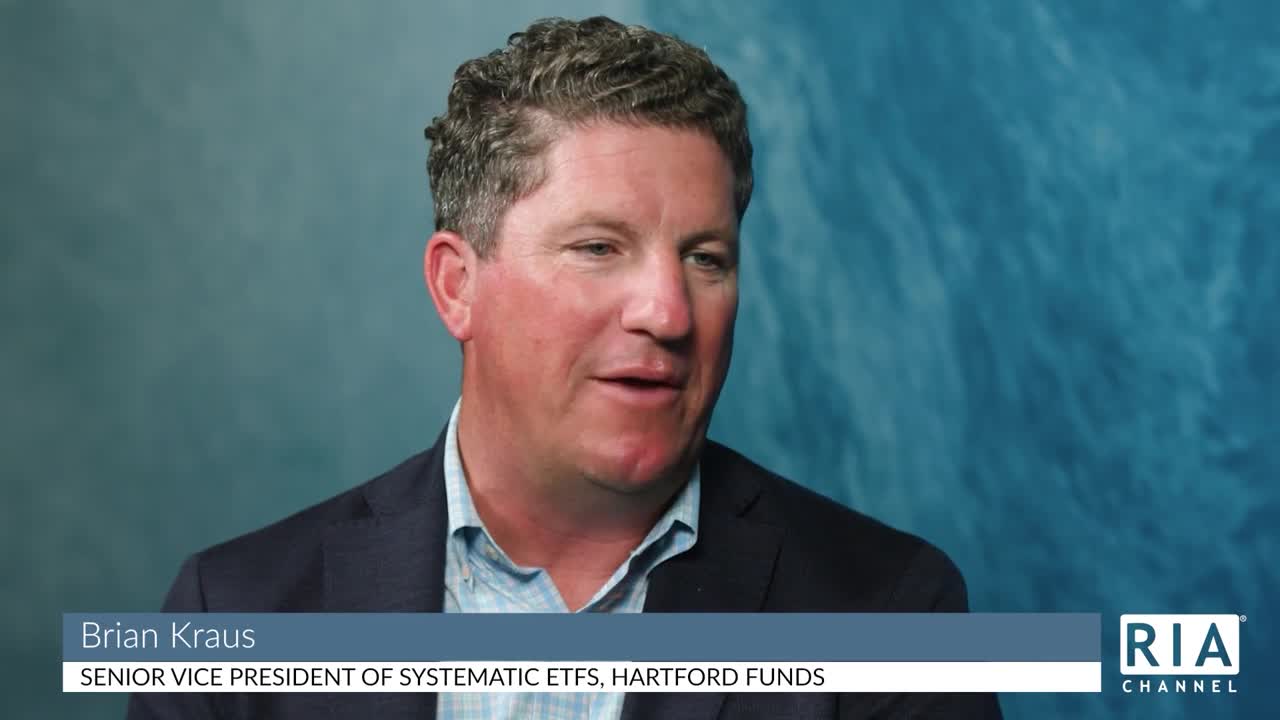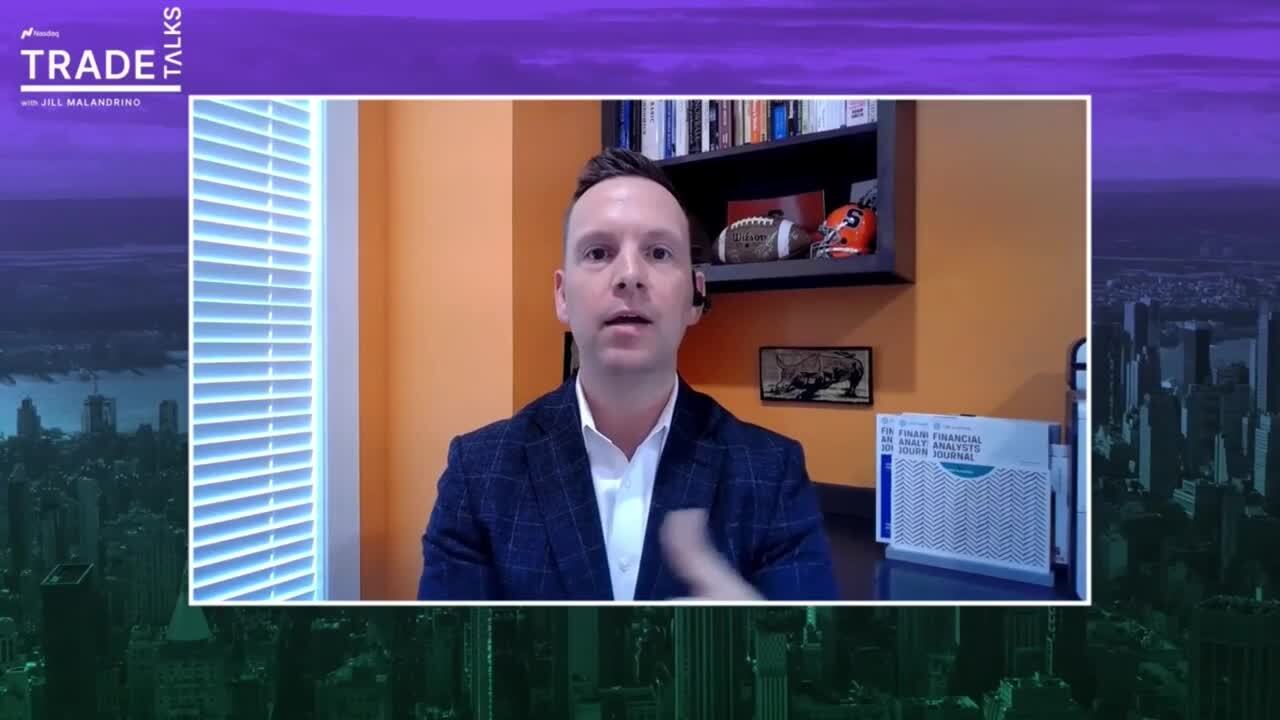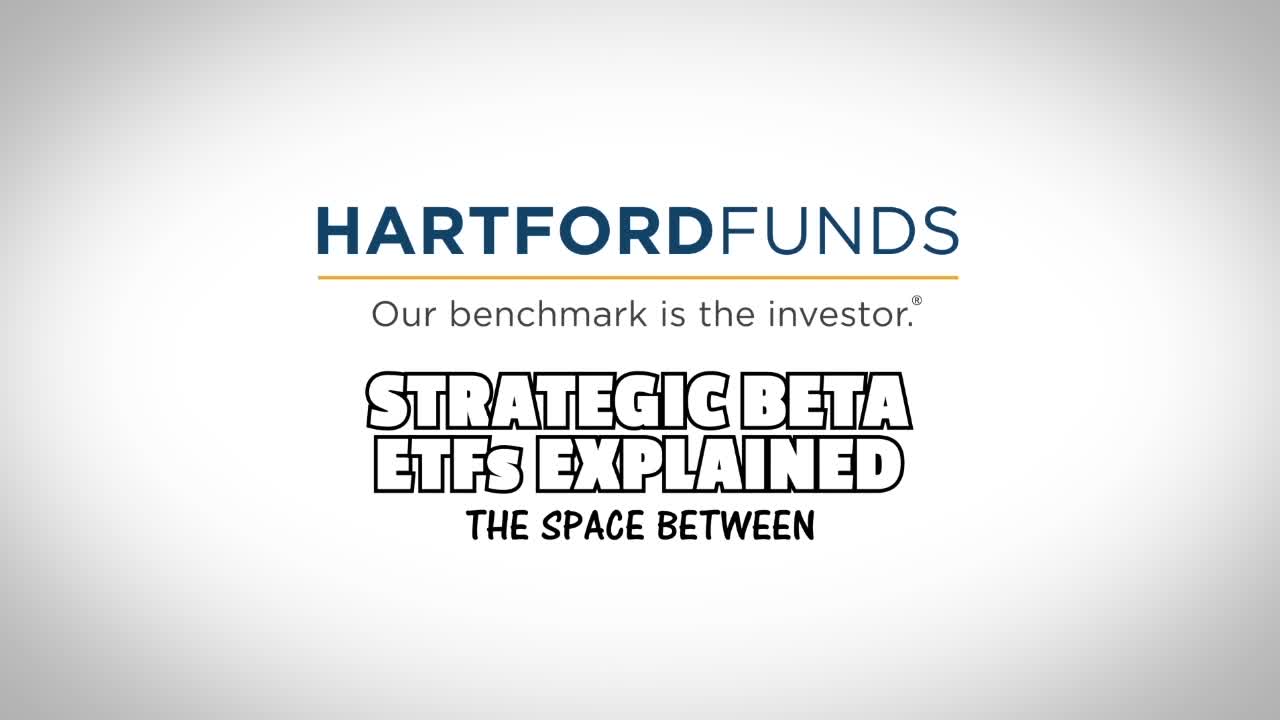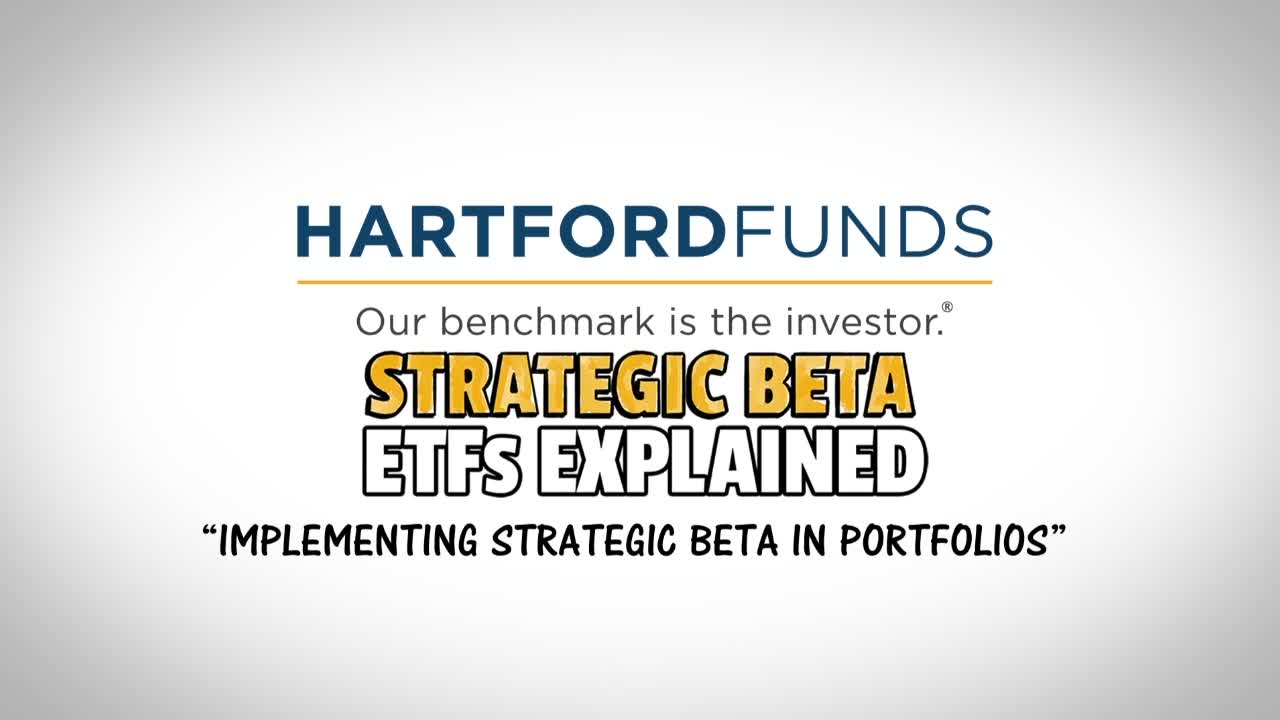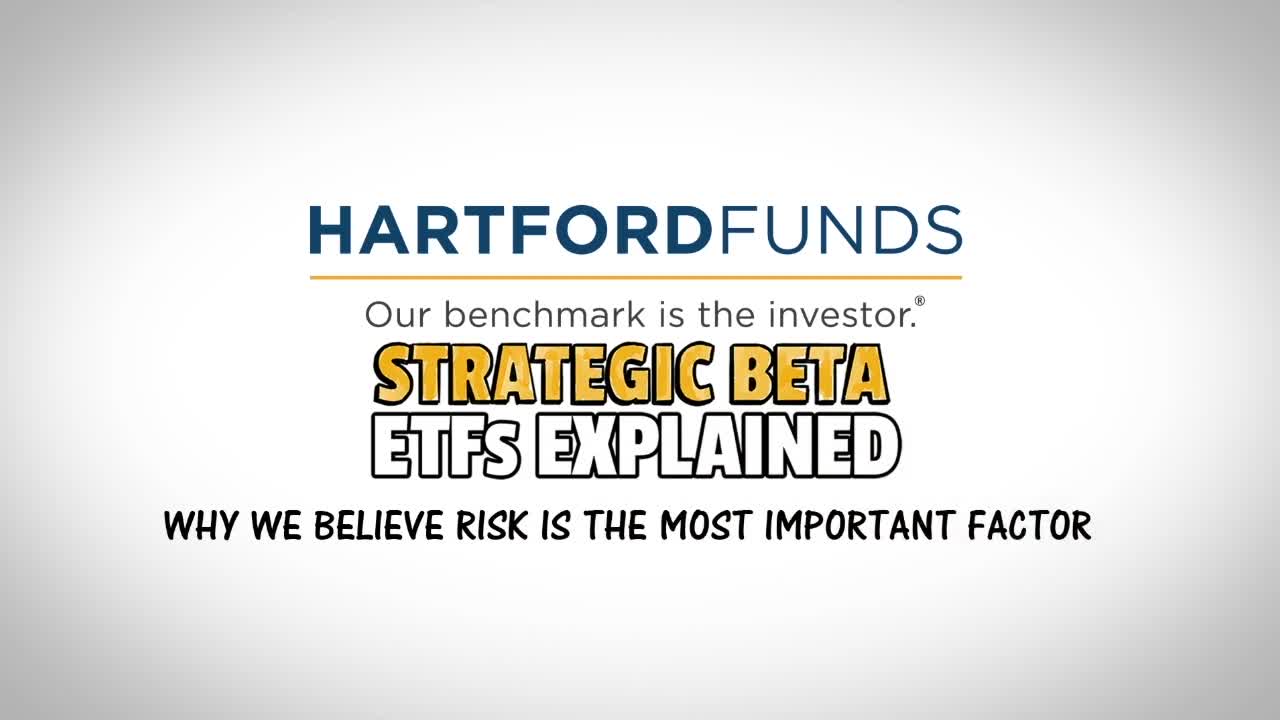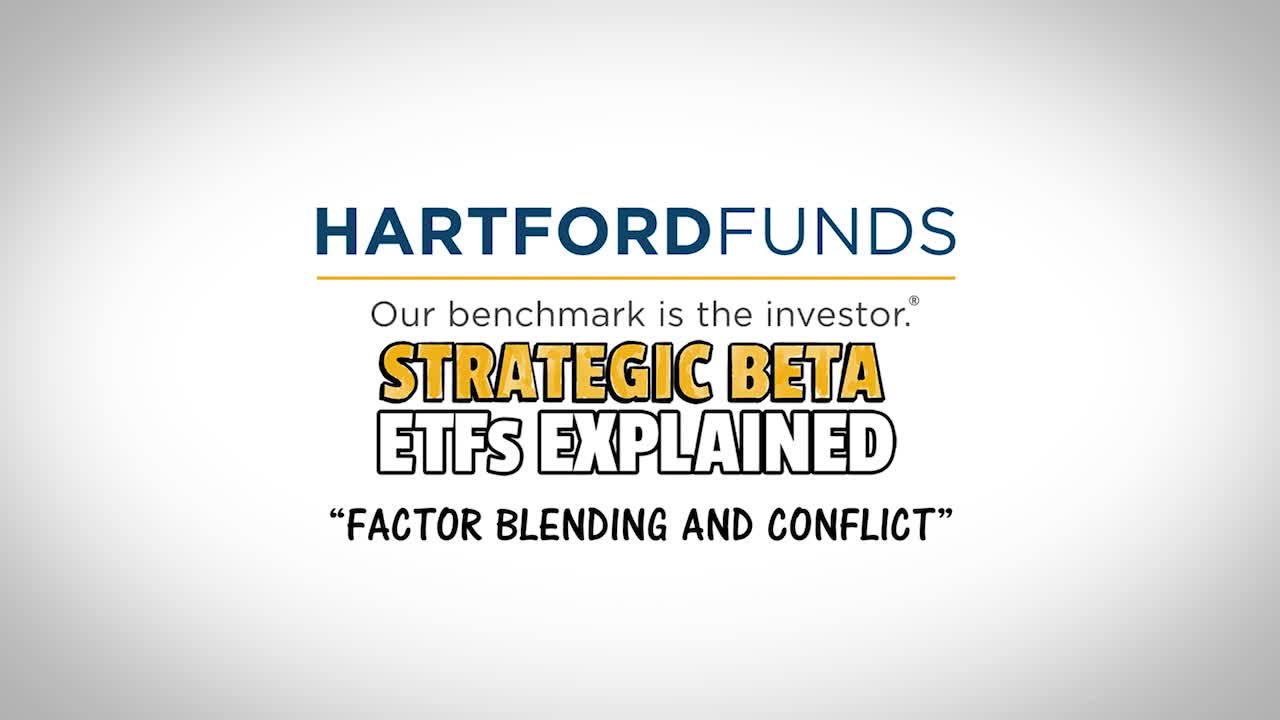1HDUS: Analyst-Driven: 20%. Data Coverage: 88%. ROUS: Analyst-Driven: 100%. Data Coverage: 100%. RODM: Analyst-Driven: 100%. Data Coverage: 100%. ROSC: Analyst-Driven: 20%. Data Coverage: 89%. ROAM: Analyst-Driven: 20%. Data Coverage: 98%. VMAX: Analyst-Driven: 20%. Data Coverage: 86%. HQGO: Analyst-Driven: 20%. Data Coverage: 86%. The Morningstar Medalist RatingTM is the summary expression of Morningstar’s forward-looking analysis using a rating scale of Gold, Silver, Bronze, Neutral, and Negative. The Medalist Ratings indicate which funds Morningstar believes are likely to outperform a relevant index or peer group average on a risk-adjusted basis over time. Funds are evaluated on three key pillars (People, Parent, and Process) which, when coupled with a fee assessment, forms the basis for the Medalist Rating they’re assigned. Pillar ratings (Low, Below Average, Average, Above Average, and High) may be evaluated via an analyst’s qualitative assessment (Analyst-Driven %) or using algorithmic techniques (Data Coverage %). Funds are sorted by their expected performance into rating groups defined by their Morningstar Category and their active or passive status. When analysts directly cover a fund, the rating is monitored and reevaluated at least every 14 months. When a fund is covered either indirectly by analysts or by algorithm, the rating is assigned monthly. For more detailed information, including their methodology, please go to global.morningstar.com/managerdisclosures/.
Morningstar Medalist Ratings are not statements of fact, nor are they credit or risk ratings. They (i) should not be used as the sole basis in evaluating a fund, (ii) involve unknown risks and uncertainties which may cause expectations not to occur or to differ significantly from what was expected, (iii) are not guaranteed to be based on complete or accurate assumptions or models when determined algorithmically, (iv) involve the risk that the return target will not be met due to such things as unforeseen changes in management, technology, economic development, interest rate development, operating and/or material costs, competitive pressure, supervisory law, exchange rate, tax rates, exchange rate changes, and/or changes in political and social conditions, and (v) should not be considered an offer or solicitation to buy or sell a fund. A change in the fundamental factors underlying the Morningstar Medalist Rating can mean that the rating is subsequently no longer accurate. ©2024 Morningstar, Inc. All rights reserved. The information contained herein: (1) is proprietary to Morningstar and/ or its content providers; (2) may not be copied or distributed; and (3) is not warranted to be accurate, complete or timely. Neither Morningstar nor its content providers are responsible for any damages or losses arising from any use of this information.
2 Expenses are the total annual fund operating expenses as shown in the most recent prospectus.
Fund Objectives: HDUS seeks to provide investment results that, before fees and expenses, correspond to the total return performance of an index that tracks the performance of exchange traded U.S. large-cap equity securities. ROUS seeks to provide investment results that, before fees and expenses, correspond to the total return performance of an index that tracks the performance of exchange traded US equity securities. RODM seeks to provide investment results that, before fees and expenses, correspond to the total return performance of an index that tracks the performance of companies located in major developed markets of Europe, Canada and the Pacific Region. ROSC seeks to provide investment results that, before fees and expenses, correspond to the total return performance of an index that tracks the performance of small capitalization exchange traded equity securities. ROAM seeks to provide investment results that, before fees and expenses, correspond to the total return performance of an index based upon the emerging markets of the world. VMAX seeks to provide investment results that, before fees and expenses, correspond to the total return performance of an index that tracks the performance of exchange traded US large-cap equity securities and is designed to consist of US equities with favorable value characteristics and relatively lower market valuations. HQGO seeks to provide investment results that, before fees and expenses, correspond to the total return performance of an index that tracks the performance of exchange traded US large cap equity securities and is designed to consist of US equities with favorable growth characteristics while maintaining what is considered to be enhanced exposure to quality while also providing reasonable exposure to value and momentum.
Important Risks: Investing involves risk, including the possible loss of principal. The net asset value (NAV) of the Fund's shares may fluctuate due to changes in the market value of the Fund's holdings which may in-turn fluctuate due to market and economic conditions. The market prices of the Fund's shares will generally fluctuate due to changes in the relative supply of and demand for the shares on an exchange. • Foreign investments may be more volatile and less liquid than U.S. investments and are subject to the risk of currency fluctuations and adverse political, economic and regulatory developments. These risks may be greater, and include additional risks, for investments in emerging markets or if a Fund focuses in a particular geographic region or country.• Small cap securities can have greater risk and volatility than large-cap securities. • For dividend-paying stocks, dividends are not guaranteed and may decrease without notice. • The Funds are not actively managed but rather attempt to track the performance of an index. The Funds’ returns may diverge from that of the index. Ordinary brokerage commissions apply.








